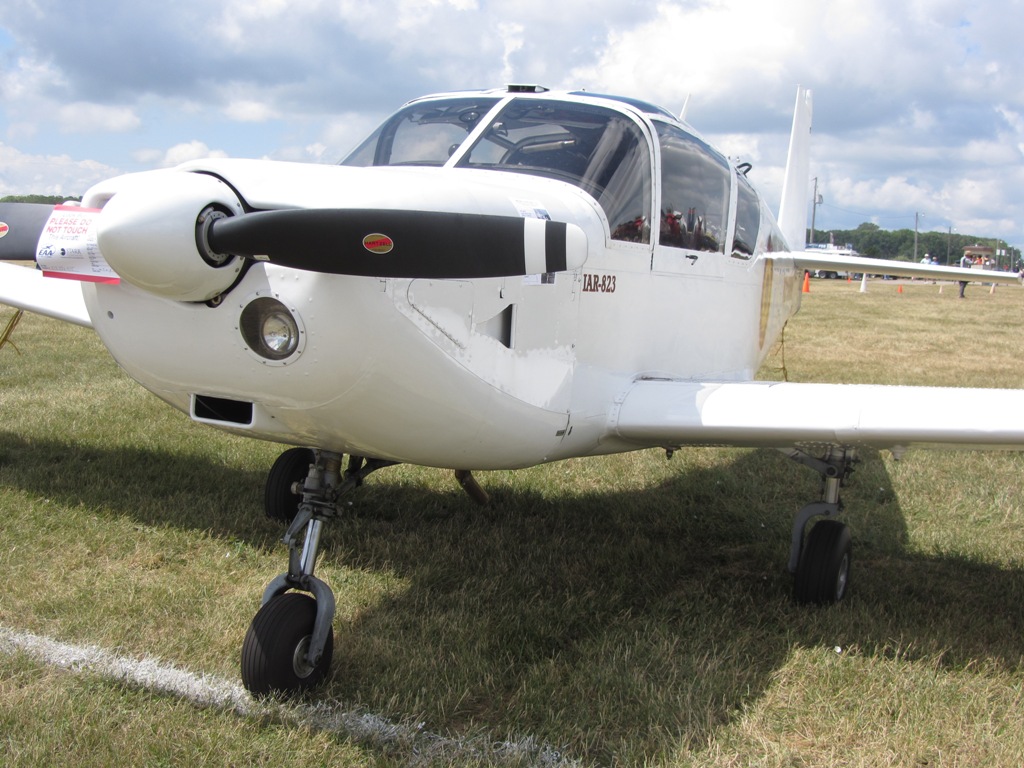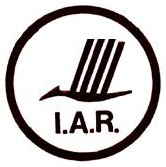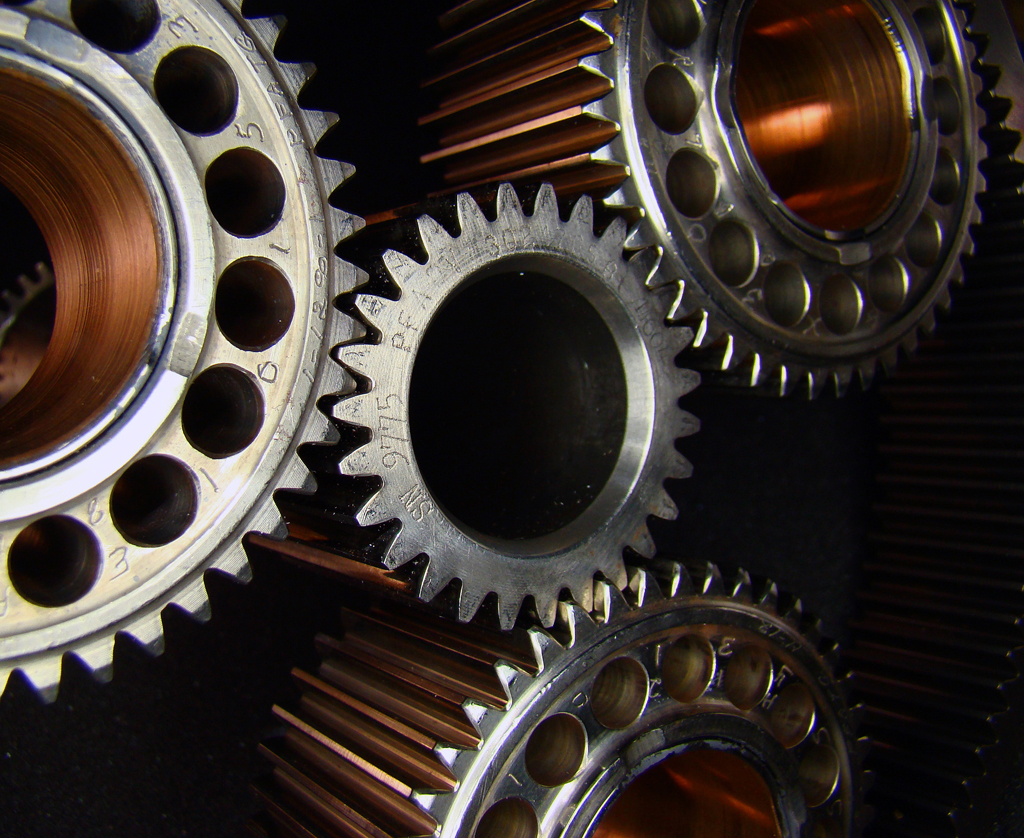|
IAR-825
__NOTOC__ The IAR-825 Triumf is a Romanian-designed tandem multirole trainer aircraft based on the IAR-823 built for the Romanian Air Force. The aircraft is roughly in the same class with the Brazilian EMBRAER Tucano. The IAR-825 is equipped with the Canadian Pratt & Whitney Canada PT6 turboprop engine. The type's first flight took place on the 12 June 1982. Only one prototype aircraft exists, formerly registered YR-IGB. It was sold and registered in the US in 2006 as N825BA. It was damaged in a forced landing on July 15, 2012. It is currently registered by the Federal Aviation Authority as airworthy and active on the US civil aircraft register website as at November 2019. Operators ; *Romanian Air Force Specifications (IAR-825) See also References {{IAR Aircraft 1980s Romanian military trainer aircraft 825 __NOTOC__ Year 825 ( DCCCXXV) was a common year starting on Sunday (link will display the full calendar) of the Julian calendar. Events By place India ... [...More Info...] [...Related Items...] OR: [Wikipedia] [Google] [Baidu] |
IAR-823
The IAR-823 is a civil and military trainer aircraft built in Romania from 1974 until 1983. It is a conventional low-wing monoplane with retractable tricycle undercarriage. The pilot and instructor sit side-by-side, and two more seats can be fitted behind them. The type was adopted by the Romanian Air Force as a primary trainer, and was also supplied to Romanian and Hungarian aeroclubs and the national flying school of Angola. Development IAR-823 is the brainchild of one of the greatest figures in post-war Romanian aeronautics: eng. Radu Manicatide. The design was completed under his leadership in 1970, at IMFCA Bucharest (Institutul de Mecanica Fluidelor si Cercetari Aerospatiale - Institute of Fluid Mechanics and Aerospace Research). The prototype's construction began in autumn 1971 at ICA Brasov (now IAR Brasov). This plane, serialled 01, flew for the first time on 10 June 1973. The second plane built participated at the Farnborough Air Show in September 1974, registered YR-M ... [...More Info...] [...Related Items...] OR: [Wikipedia] [Google] [Baidu] |
Romania
Romania ( ; ro, România ) is a country located at the crossroads of Central Europe, Central, Eastern Europe, Eastern, and Southeast Europe, Southeastern Europe. It borders Bulgaria to the south, Ukraine to the north, Hungary to the west, Serbia to the southwest, Moldova to the east, and the Black Sea to the southeast. It has a predominantly Temperate climate, temperate-continental climate, and an area of , with a population of around 19 million. Romania is the List of European countries by area, twelfth-largest country in Europe and the List of European Union member states by population, sixth-most populous member state of the European Union. Its capital and largest city is Bucharest, followed by Iași, Cluj-Napoca, Timișoara, Constanța, Craiova, Brașov, and Galați. The Danube, Europe's second-longest river, rises in Germany's Black Forest and flows in a southeasterly direction for , before emptying into Romania's Danube Delta. The Carpathian Mountains, which cross Roma ... [...More Info...] [...Related Items...] OR: [Wikipedia] [Google] [Baidu] |
Industria Aeronautică Română
Industria Aeronautică Română (IAR) (now IAR S.A. Brașov) or Romanian Aeronautic Industry in English, is a Romanian aerospace manufacturer. It is based in Ghimbav, near Brașov, Romania. IAR was founded in 1925 with the aid of the Romanian government, which sought to reduce reliance on foreign companies to supply the Royal Romanian Air Force with aircraft and associated equipment. In addition to its designs, the company built numerous foreign-designed aircraft under license as well. IAR produced a low-wing all-metal monoplane, the IAR 80, during the Second World War; this combat aircraft was extensively used by the nation during the conflict. During the Cold War era, the company branched out into helicopters, securing licensing agreements with France for their designs in the field, leading to the IAR 316 and IAR 330. In 2000, IAR partnered with the multinational helicopter manufacturer Eurocopter Group to create the ''Eurocopter Romania'' joint venture company. Presently, the ... [...More Info...] [...Related Items...] OR: [Wikipedia] [Google] [Baidu] |
Romanian Air Force
The Romanian Air Force (RoAF) ( ro, Forțele Aeriene Române) is the air force branch of the Romanian Armed Forces. It has an air force headquarters, an operational command, five airbases and an air defense brigade. Reserve forces include one air base and three airfields. In 2021, the Romanian Air Force employed 10,700 personnel. Current state The Romanian Air Force modernized 110 MiG-21 LanceRs, in cooperation with Israel between 1993 and 2002. Today, 23-28 of these MiG 21 LanceRs are operational. The Romanian Air Force also operates C-130 Hercules, C-27J Spartan and An-26 transport airplanes and IAR-330 Puma helicopters. IAR-330 PUMA SOCAT helicopters have been modernized by the Romanian Aviation Industry in cooperation with Elbit Systems (Israel) for attack missions. The Romanian Air Force also includes locally built IAR-99 Șoim jet planes, in general only used for training of the young pilots. Due to the old age of the MiGs, the Romanian Air Force is in the process ... [...More Info...] [...Related Items...] OR: [Wikipedia] [Google] [Baidu] |
EMBRAER Tucano
The Embraer EMB 312 Tucano (English: '' Toucan'') is a low-wing, tandem-seat, single- turboprop, basic trainer with counter-insurgency capability that was developed in Brazil. The Brazilian Air Force sponsored the EMB-312 project at the end of 1978. Design and development work began in 1979 on a low-cost, relatively simple new basic trainer with innovative features which eventually became the international standard for basic training aircraft. The prototype first flew in 1980, and initial production units were delivered in 1983. Production was initially supported by a local order for 118 aircraft, with options for an additional 50 units in October 1980. It was later matched by an Egyptian licence-produced purchase in 1993 and subsequently by an improved variant known as the Short Tucano, which was licence-produced in the United Kingdom. The Tucano made inroads into the military trainer arena and became one of Embraer's first international marketing successes. A total of 664 ... [...More Info...] [...Related Items...] OR: [Wikipedia] [Google] [Baidu] |
Pratt & Whitney Canada PT6
The Pratt & Whitney Canada PT6 is a turboprop aircraft engine produced by Pratt & Whitney Canada. Its design was started in 1958, it first ran in February 1960, first flew on 30 May 1961, entered service in 1964 and has been continuously updated since. It consists of two basic sections: a gas generator with accessory gearbox and a free power turbine with reduction gearbox, and is often seemingly mounted backwards in an aircraft in so far as the intake is at the rear and the exhaust at the front. Many variants of the PT6 have been produced, not only as turboprops but also as turboshaft engines for helicopters, land vehicles, hovercraft, and boats; as auxiliary power units; and for industrial uses. By November 2015, 51,000 had been produced, had logged 400 million flight hours from 1963 to 2016. It is known for its reliability with an in-flight shutdown rate of 1 per 651,126 hours in 2016. The PT6A covers the power range between while the PT6B/C are turboshaft variants for he ... [...More Info...] [...Related Items...] OR: [Wikipedia] [Google] [Baidu] |
NACA Airfoil
The NACA airfoils are airfoil shapes for aircraft wings developed by the National Advisory Committee for Aeronautics (NACA). The shape of the NACA airfoils is described using a series of digits following the word "NACA". The parameters in the numerical code can be entered into equations to precisely generate the cross-section of the airfoil and calculate its properties. Origins NACA initially developed the numbered airfoil system which was further refined by the United States Air Force at Langley Research Center. According to the NASA website: Four-digit series The NACA four-digit wing sections define the profile by: # First digit describing maximum camber as percentage of the chord. # Second digit describing the distance of maximum camber from the airfoil leading edge in tenths of the chord. # Last two digits describing maximum thickness of the airfoil as percent of the chord. For example, the NACA 2412 airfoil has a maximum camber of 2% located 40% (0.4 chords) from the ... [...More Info...] [...Related Items...] OR: [Wikipedia] [Google] [Baidu] |
Pratt & Whitney Canada PT6A-15AG
The Pratt & Whitney Canada PT6 is a turboprop aircraft engine produced by Pratt & Whitney Canada. Its design was started in 1958, it first ran in February 1960, first flew on 30 May 1961, entered service in 1964 and has been continuously updated since. It consists of two basic sections: a gas generator with accessory gearbox and a free power turbine with reduction gearbox, and is often seemingly mounted backwards in an aircraft in so far as the intake is at the rear and the exhaust at the front. Many variants of the PT6 have been produced, not only as turboprops but also as turboshaft engines for helicopters, land vehicles, hovercraft, and boats; as auxiliary power units; and for industrial uses. By November 2015, 51,000 had been produced, had logged 400 million flight hours from 1963 to 2016. It is known for its reliability with an in-flight shutdown rate of 1 per 651,126 hours in 2016. The PT6A covers the power range between while the PT6B/C are turboshaft variants for ... [...More Info...] [...Related Items...] OR: [Wikipedia] [Google] [Baidu] |
Turboprop
A turboprop is a turbine engine that drives an aircraft propeller. A turboprop consists of an intake, reduction gearbox, compressor, combustor, turbine, and a propelling nozzle. Air enters the intake and is compressed by the compressor. Fuel is then added to the compressed air in the combustor, where the fuel-air mixture then combusts. The hot combustion gases expand through the turbine stages, generating power at the point of exhaust. Some of the power generated by the turbine is used to drive the compressor and electric generator. The gases are then exhausted from the turbine. In contrast to a turbojet or turbofan, the engine's exhaust gases do not provide enough energy to create significant thrust, since almost all of the engine's power is used to drive the propeller. Technological aspects Exhaust thrust in a turboprop is sacrificed in favor of shaft power, which is obtained by extracting additional power (beyond that necessary to drive the compressor) from turbine ex ... [...More Info...] [...Related Items...] OR: [Wikipedia] [Google] [Baidu] |
Embraer EMB 312 Tucano
The Embraer EMB 312 Tucano (English: ''Toucan'') is a low-wing, tandem-seat, single-turboprop, basic trainer with counter-insurgency capability that was developed in Brazil. The Brazilian Air Force sponsored the EMB-312 project at the end of 1978. Design and development work began in 1979 on a low-cost, relatively simple new basic trainer with innovative features which eventually became the international standard for basic training aircraft. The prototype first flew in 1980, and initial production units were delivered in 1983. Production was initially supported by a local order for 118 aircraft, with options for an additional 50 units in October 1980. It was later matched by an Egyptian licence-produced purchase in 1993 and subsequently by an improved variant known as the Short Tucano, which was licence-produced in the United Kingdom. The Tucano made inroads into the military trainer arena and became one of Embraer's first international marketing successes. A total of 664 uni ... [...More Info...] [...Related Items...] OR: [Wikipedia] [Google] [Baidu] |
1980s Romanian Military Trainer Aircraft
__NOTOC__ Year 198 (CXCVIII) was a common year starting on Sunday (link will display the full calendar) of the Julian calendar. At the time, it was known as the Year of the Consulship of Sergius and Gallus (or, less frequently, year 951 ''Ab urbe condita''). The denomination 198 for this year has been used since the early medieval period, when the Anno Domini calendar era became the prevalent method in Europe for naming years. Events By place Roman Empire *January 28 ** Publius Septimius Geta, son of Septimius Severus, receives the title of Caesar. **Caracalla, son of Septimius Severus, is given the title of Augustus. China *Winter – Battle of Xiapi: The allied armies led by Cao Cao and Liu Bei defeat Lü Bu; afterward Cao Cao has him executed. By topic Religion * Marcus I succeeds Olympianus as Patriarch of Constantinople (until 211). Births * Lu Kai (or Jingfeng), Chinese official and general (d. 269) * Quan Cong, Chinese general and advisor (d. ... [...More Info...] [...Related Items...] OR: [Wikipedia] [Google] [Baidu] |


.jpg)

_(cropped).jpg)